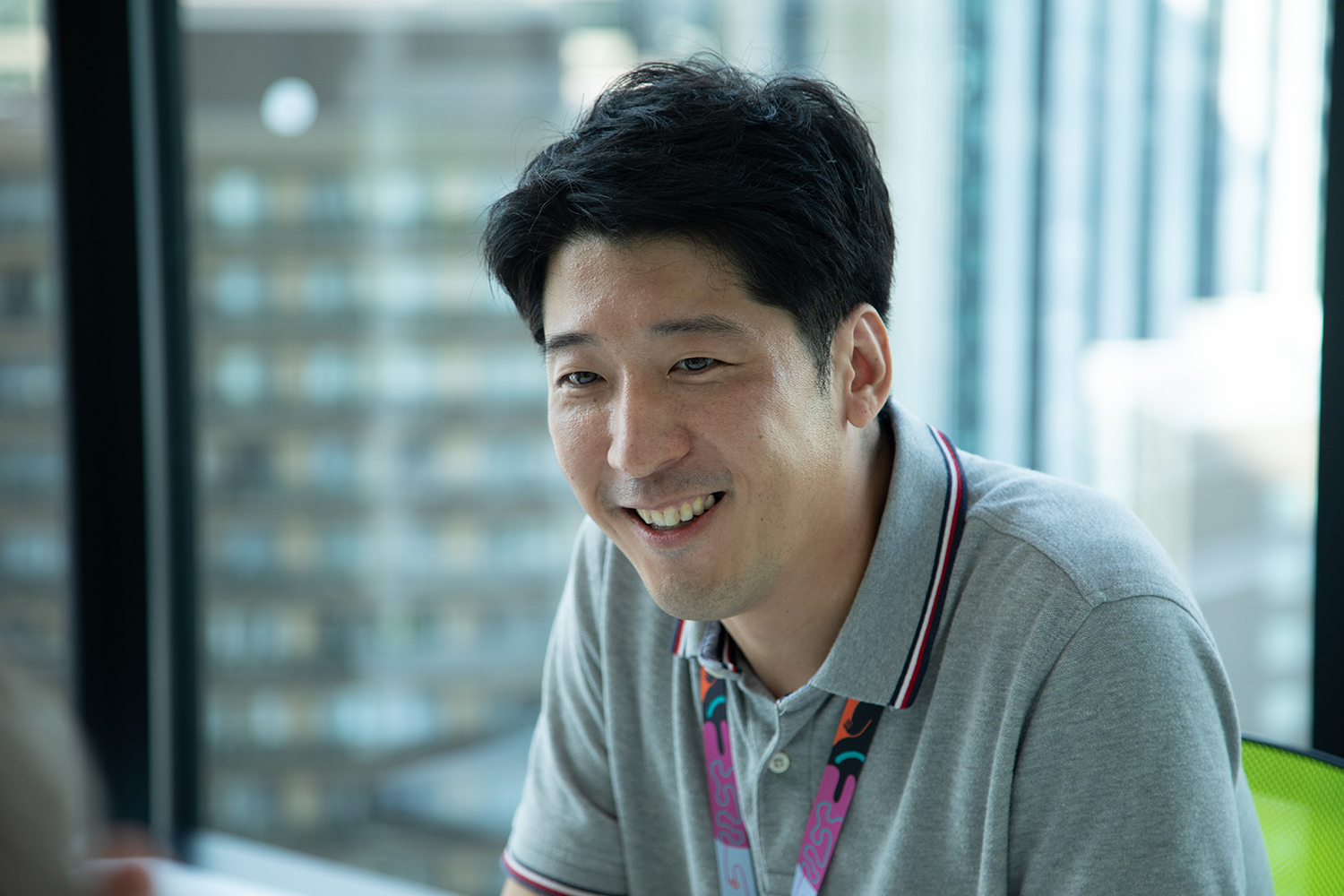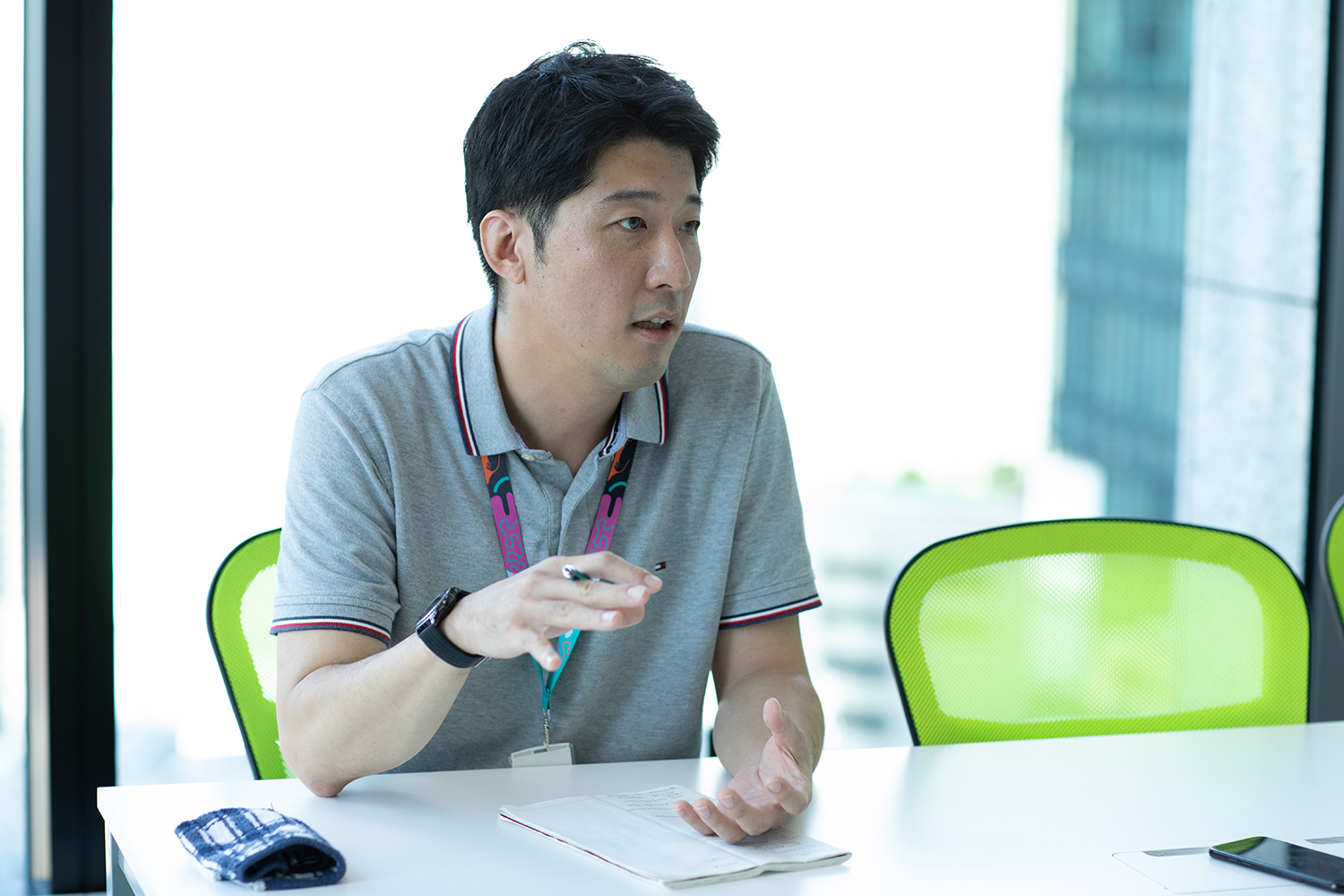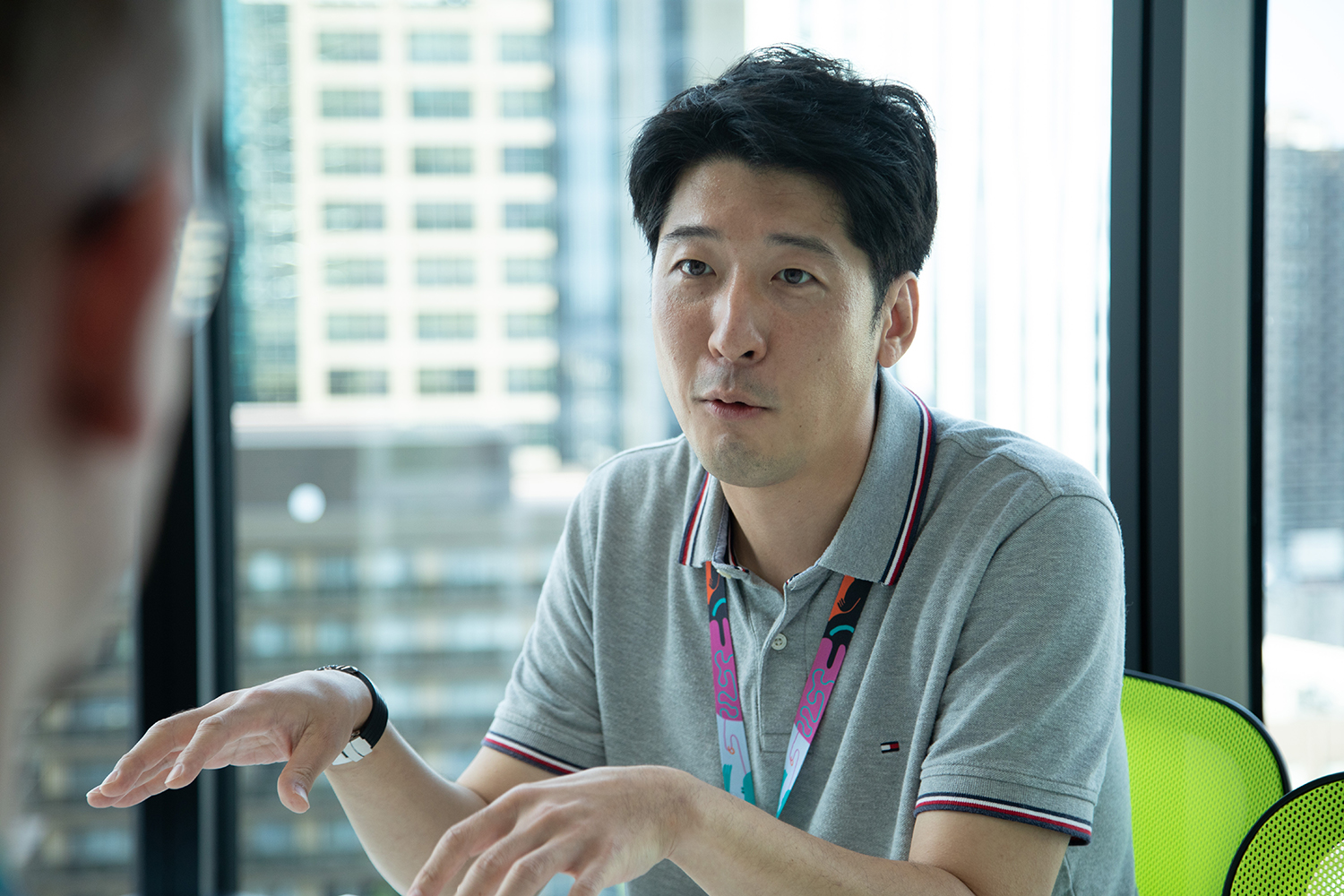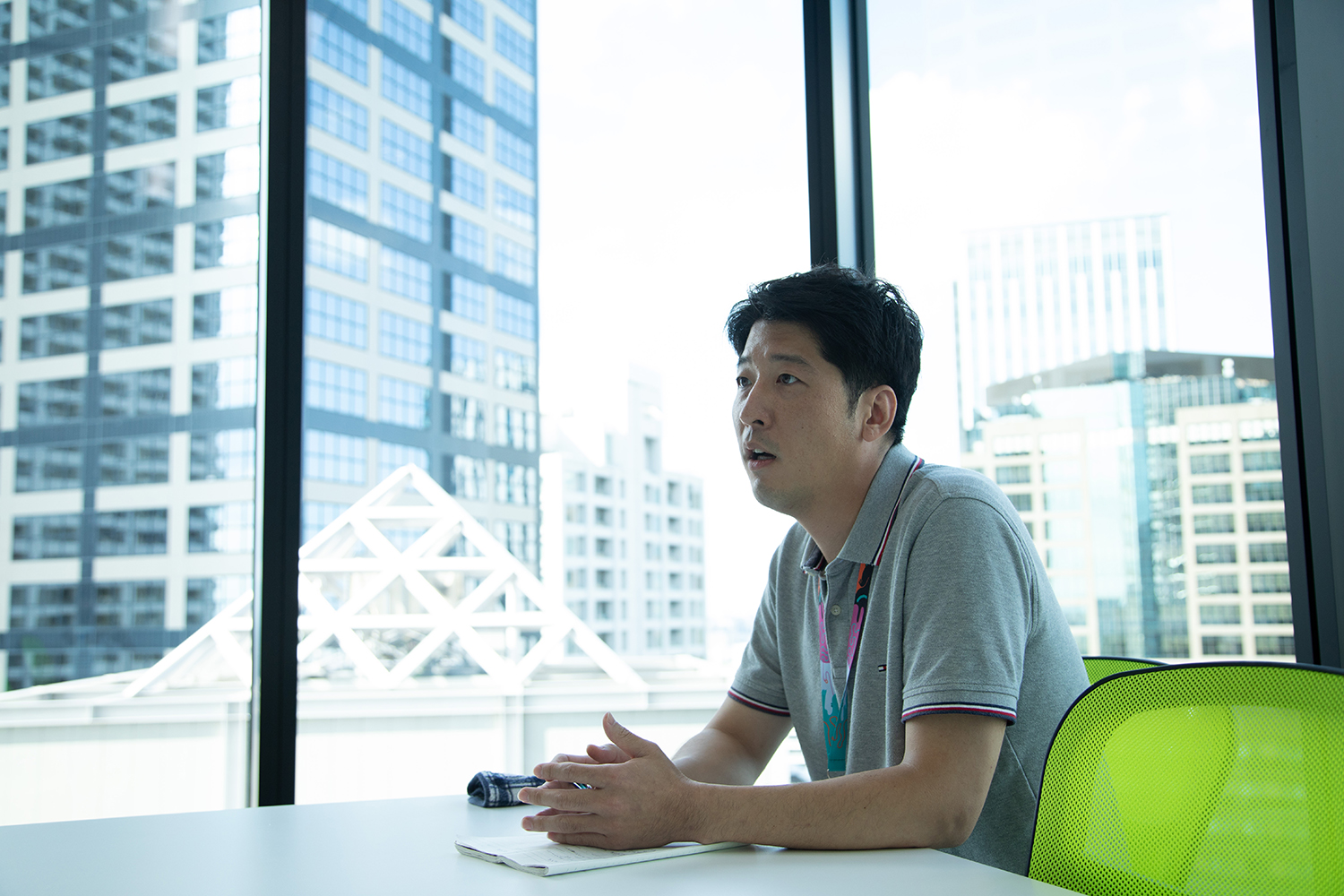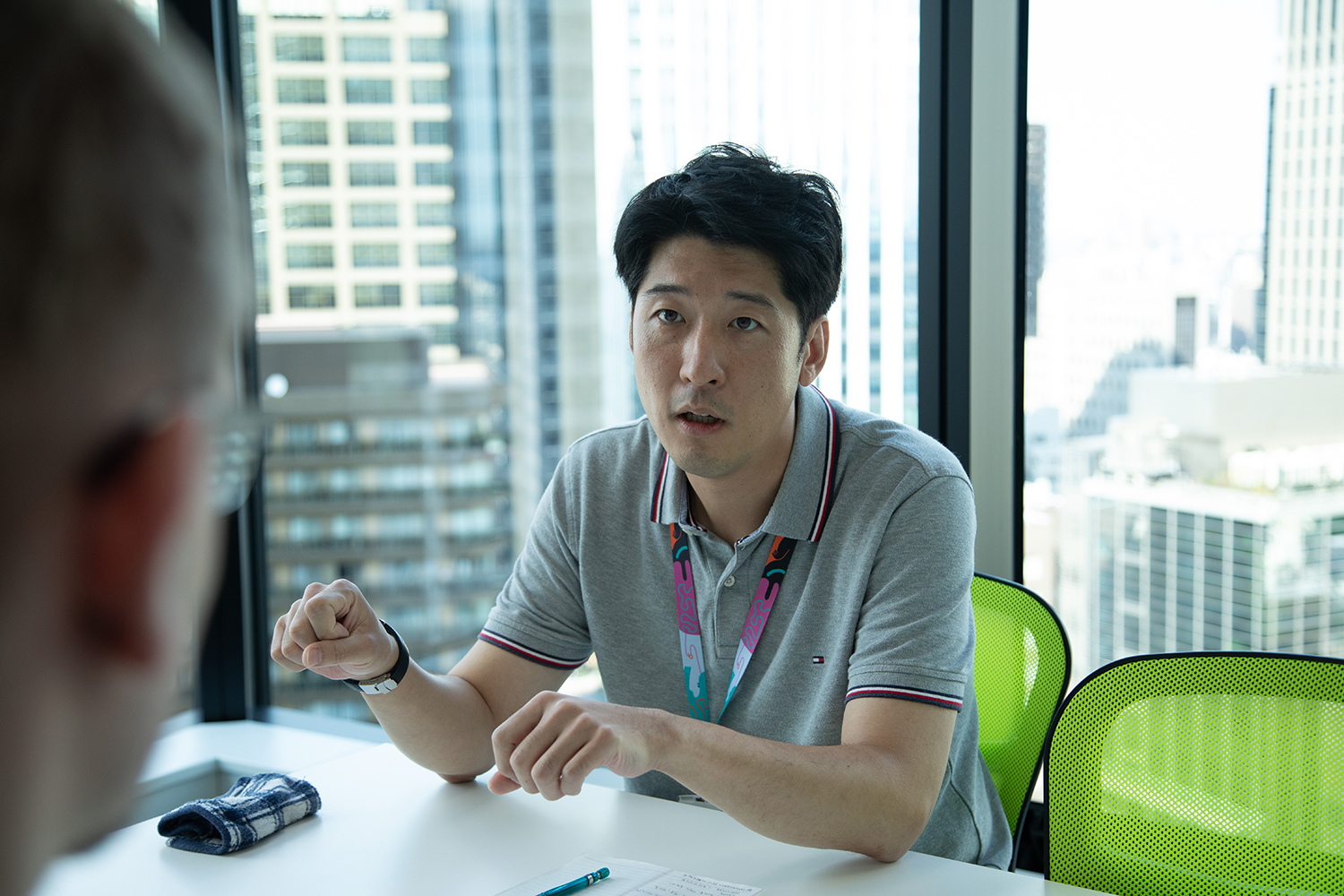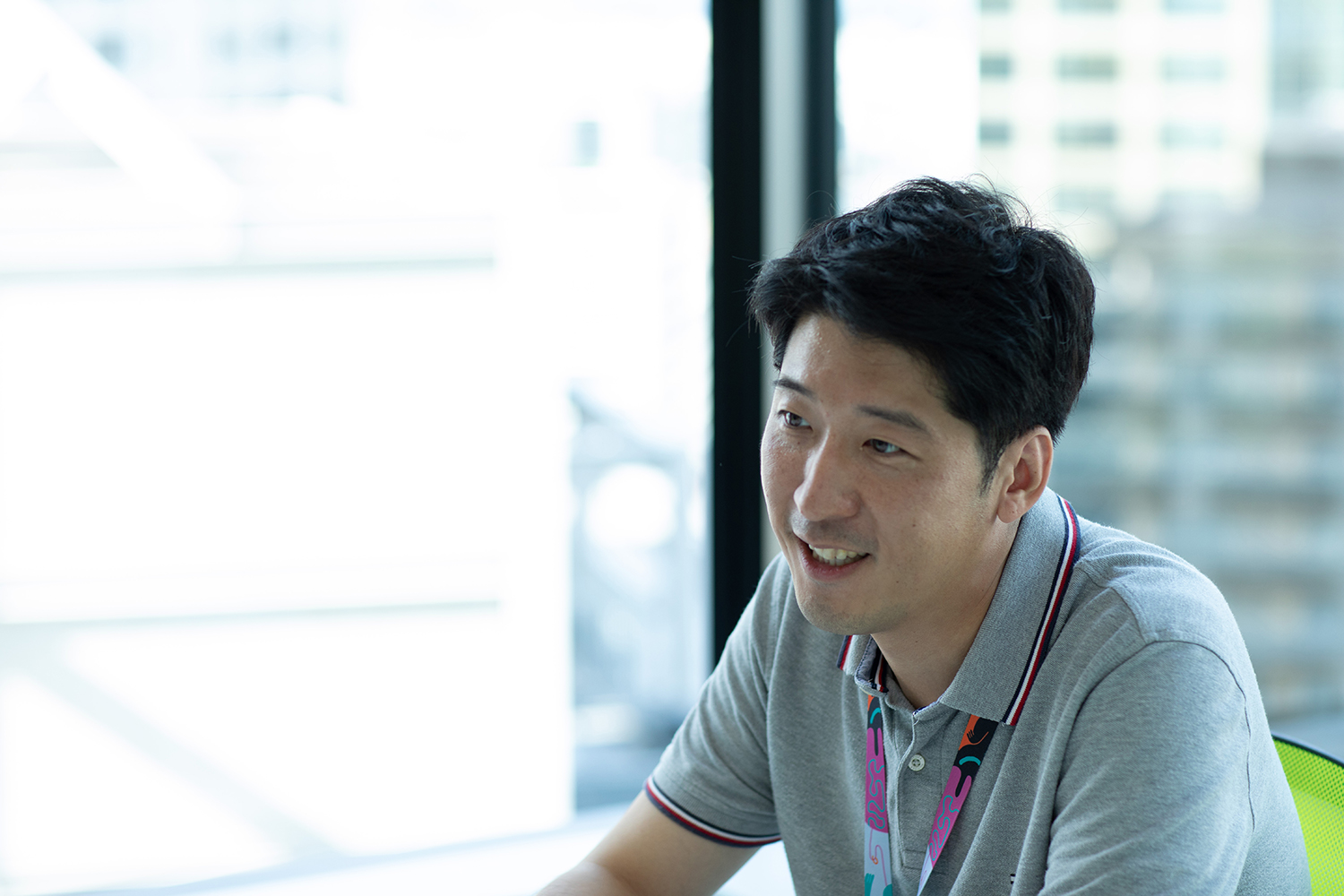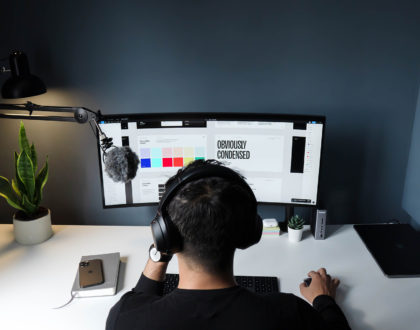Working in Japan: Adapt & Keep an Open Mind
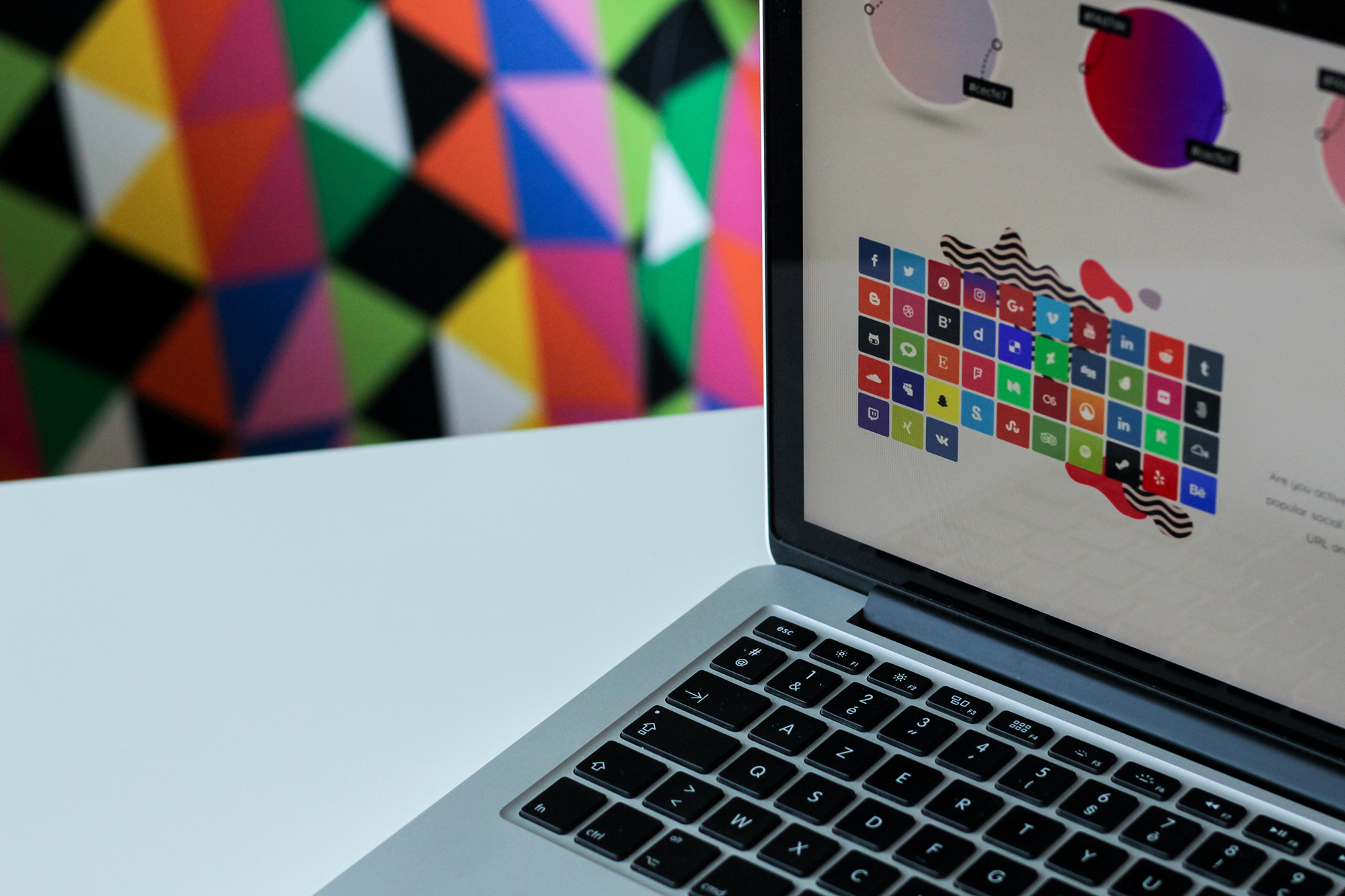
by Florian
Work is both about adapting to your environment and challenging yourself. How do you make sure you keep doing both in the long term? We talked to Woojin, who has been working in Japan for over 10 years. (※This interview was translated from Japanese.)
コンテンツ
Woojin’s Profile
Name: Woojin (40)
Country: South Korea
Major: Advertising
Industry: IT/Web
Japanese Level: N1
Work status: Full-Time Employee
Time in Japan: 14 years
Florian (F): OK, so first, tell me a bit about yourself.
Woojin (W): I’m Woojin, from South Korea. Currently, I’m working as a web designer and web director. I first came to Japan in 2006, so by now, I’ve been living here for about 14 years. I first came here to study Japanese at a language school and then decided to enter a Japanese university. Then I searched or a job … and well, now I’m working.
At university, I studied design – advertising, to be specific – but I was searching for my first job right around the time of the financial crisis, and at that time, the advertising industry was in a pretty bad spot. So I decided to go for web design instead.
From language school to a job
F: So you studied design at university in Korea, then went to language school in Japan and entered a Japanese university after that.
W: Yes, I was studying art and design at a Korean university but somewhere along the line, I went to Japan to study there for a bit. At that time, the conditions were just right, you could get Japanese yen at a pretty good rate. Since I was already living in Japan and university was going to cost me money anyway, I thought that I might as well relocate here. In terms of finding a job in Japan, I thought it would be better to stay here than to graduate in Korea and then come back again. When you’re living here, you have access to a lot more information… that’s why I decided to go to a Japanese university in the end.
F: So it more of less all kind of fell into place for you?
W: That was part of it, but people from my generation who are interested in Japan – I guess this still applies to the current generation as well – are also often big fans of manga, anime, and games. Well, and I was one of those people as well. My introduction to Japan were these pop culture products … and eventually, I started thinking that I wanted to engage with them in their original versions, without relying on translations. That was where it all started.
F: When did you start to learn Japanese?
W: Right around that time… I came here in 2006, so 2005, maybe? In South Korea, we have mandatory military service, and I started to learn Japanese in my free time while I was doing that. Eventually, I decided that I wanted to get further into it and ended up going to the language school.
Working in Japan
F: I see. So now you’re working as a designer … what does your everyday work look like?
W: Well, I’m mostly doing website design. Of course, a big chunk of that is creating the actual designs with Photoshop and other tools, but another big part of the job is talking to people. You have the clients, your director colleagues … and they all have their wishes and requirements. I’m always in contact with them.
F: New work comes in from sales, then the directors have a look at it … and then you are assigned to the task. This kind of flow?
W: Yes. After the salespeople receive an order, the editors have a few meetings and hearing with the client and work out about what kind of website they’re envisioning, using sitemaps and strategy sheets. Based on those, we then have design meetings where we talk about what is most important for the site, how the main keywords should be represented, etc. And after that is done, I start designing the site, sometimes making multiple versions from which we choose one in the end.
F: By the way, is this your first job after university?
W: No, it’s my third.
F: At your previous jobs, did you also work as a designer?
W: Yes. At first … because I’m Korean, I dealt with a lot of requests from South Korean clients. At my first job – back when more and more Korean products were starting to be sold on Rakuten – I mostly designed product pages. After that, I worked closely with a Korean artist. I created and maintained the website and social media, designed logos, products, and did all sorts of other branding-related things.
F: What’s the biggest difference between work at your previous job and what you’re doing right now?
W: Design is communication, so it’s really important to constantly think about who you’re communicating with. At the place where I previously worked for about five years, we had a very clearly defined target audience – fans of Korean pop culture and celebrities. Well, and after five years, you kind of “get” your audience, what they think, what they want … but the thing is, once you reach this stage, your designs start to become a bit stale. You start doing the same things over and over, and the products sell, and you start thinking “wow, I’m so great at my job” (laughs) But at my current company, I’m sometimes working on 4-6 different pages in the same month…
F: So the rotation is really fast!
W: Yeah, it’s really fast, and the target audience changes every time, so you really have to think about what you’re doing. At my current job, I learned how to appeal to lots of different users.
F: What are some recent projects or designs that you enjoyed working on?
W: Recently – in June, I think – I got an internal award for a website I designed. The client was dealing in products that change in price on a regular basis, so the editors wanted to include a price ranking. At first, we were talking about updating the ranking once a week, or even once a month … but we concluded that this was not very user-friendly. If we did daily updates instead, it would increase the reliability of the site and probably also the chance of appearing higher in the search results list.
We checked with the client and they were OK with it, so we asked people from our coding team whether they could create a tool that automatically fetched the latest price info and displayed it on the site. In the end, this led to an upsell … work like this where everyone is closely working together is always very enjoyable.
F: In my experience, here in Japan “design” is often used to refer to superficial elements, like graphics and ornamentation. But in your case, thinking about the underlying structure and the fundamental organization of information is also part of the job?
W: Yeah, I also make wireframes and those sort of things. Nowadays you can do all sorts of things with websites, so you have to be able to make convincing proposals by drawing on those possibilities. I’m a designer but also a director of sorts … I have to think about things on a broader level.
F: So you’re not narrowly confined to your specific area, but aways think a bit outside of the box.
W: Yes. In our company, we have an in-house team of developers, so it’s very easy to just ask whenever you have an idea that you don’t know how to implement yourself.
Workplace Communication
F: At your current company, there are quite a few foreigners working here, although the majority of the employees are Japanese. What do you think is important when working in a mainly Japanese environment as a non-Japanese person?
W: Hmm… of course it’s important to be able to communicate in Japanese. My Japanese is not the best, but I think what matters most is making sure that you get across what you want to say, regardless of your language skills. That means not just talking to people in a one-way fashion but carefully making sure that both you and the person you’re communicating to are on the same page and you’re aware of each other’s intentions and thoughts.
F: Are there any methods you use to make sure things go like that?
W: I used to not really think about it, but … when working in a team or as part of a larger organization, I think it’s important to be conscious of how you’re being perceived by others, to a degree. Also, there are a lot of things that you can’t do by yourself. For example, no matter how much you google, there are times when the text you write just ends up sounding weird. In those cases, I always ask team members about whether or not the Japanese is right, and when I get feedback I always take notes and try to remember what I learned the next time I encounter a similar situation.
F: So how do you ask about these things? Do you write about them in reports, or talk about them during meetings?
W: No, these kinds of things I just ask casually. It’s kind of discouraging when these kinds of conversations become too stiff or require too much preparation, right? And it’s also a bit much to take so much time out of someone’s schedule just to confirm a few sentences… In that sense, I think it’s important to create an environment where you always have someone that you can always ask about things without making a big deal out of it.
Contributing to the team
F: When searching the web about jobs in the Japan, you often read that foreign employees are expected to bring a “global perspective” to their teams. What do you think about that?
W: Yes, I think that’s important. However, you should also strive to understand how Japanese people look at things. Most of us don’t work here because we’re just kind of interested in Japan. Usually, there’s something more, something that you want to do … and often, you could do the same thing in your home country, or somewhere else entirely. Why did you choose Japan specifically? That’s an important question to keep asking yourself which you can then build upon.
I do think that there is a certain foreigner’s perspective, but how does that connect with your work in Japan? That difference doesn’t always have to be a good thing. Before thinking about differences, you should focus on what you can offer as a person of your trade, whether you’re a designer, a developer, or something else.
F: You’ve been in japan for 14 years. In the future, is there anything specific you’d like to do? Any career goals?
W: That’s a difficult question… I think I want to be a professional that can always be trusted. Right now, I’m doing web design, but the internet has changed a lot since it first appeared around 20 years ago. It’s been evolving at a crazy pace, and while I’m looking forward to the next 10-20 years, sometimes I’m also a bit intimidated by it. Will I be able to keep up? (laughs)
I have experience in the field, but regarding knowledge about the newest technology, I’m probably a bit behind people that are currently in their teens and 20s. In the recent past we had a big shift from PCs to smartphones, and who knows what kind of devices people will use to browse the internet next. You have to keep up, and I think when you’re able to anticipate things a bit, work becomes more enjoyable. So my goal is to get up to date with current trends and continue to keep up with them.
F: Do you have any advice for people who are interested in searching for work in Japan and want to work here – especially those who are interested in design?
W: For Japanese websites, there tends to be an emphasis on text, you’re supposed to read them rather than just look at them. It’s important to not focus on what you want to express, but how the users are going to perceive the finished product. I also think you shouldn’t limit yourself too much by putting a narrow focus on design.
F: That’s what I was told too, when I first joined! (laughs) “Design” doesn’t always mean creating something cool or even interesting to look at. What’s more important is to pin down the target users’ needs and make sure the end product works for them.
W: Yes. You’re not an artist, you’re a designer – you can’t just create things based on your personal aesthetic sense. The people you work with all have different expectations, and your job is to create something that not only fulfills but surpasses them. That’s why having some marketing skills is key for designers.
Want to know more?
Interested in working as a designer in Japan and still have questions? Send us a comment! We’ll check back with Woojin and give you some advice about how to prepare and find a job.
Woojin is working at Zenken Corporation, an IT/web company based in Shinjuku. To find out more about the company, head to our article on it over here. If you’ve no time to waste, you can also check out the recruitment sites by clicking the buttons below!
Other’s experiences
Find out how others got their jobs!
■ Finding a job through job fairs and friends, Earlwin from the Philippines
■ Working in Japan without speaking Japanese, Mushtaq from India
■ Being proactive and not losing your optimism, Nizza from the Philippines
■ More job-hunting advice from your Senpai
Recommended Posts
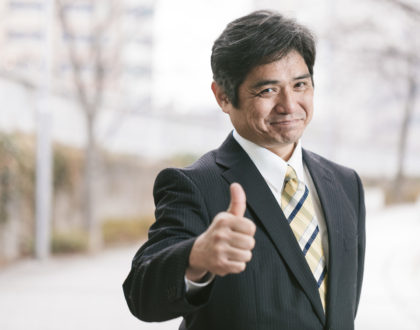
How to Get Along with Your Japanese Boss
25 5月 2021 - Work, Working Culture
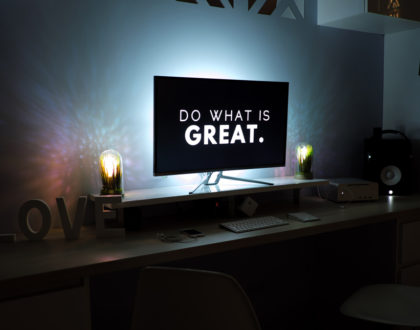
The 10 Most Popular Japanese Companies in 2021
19 5月 2021 - Work

